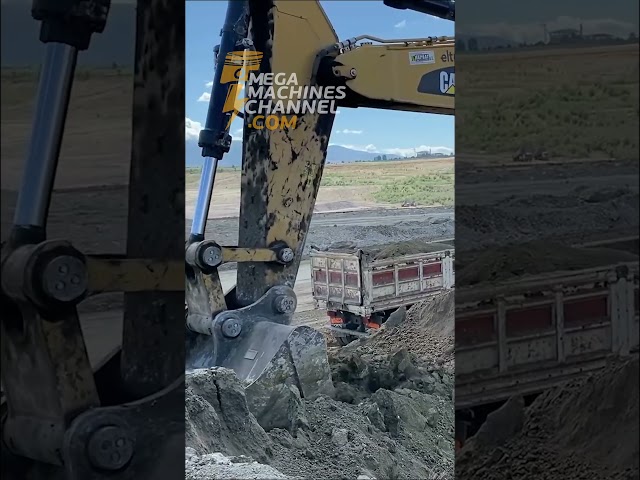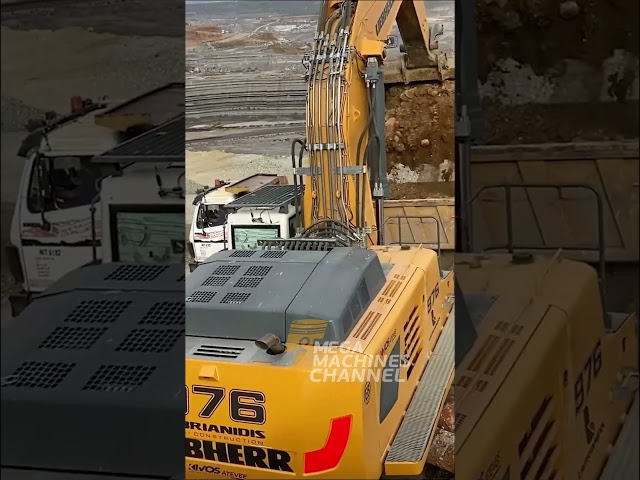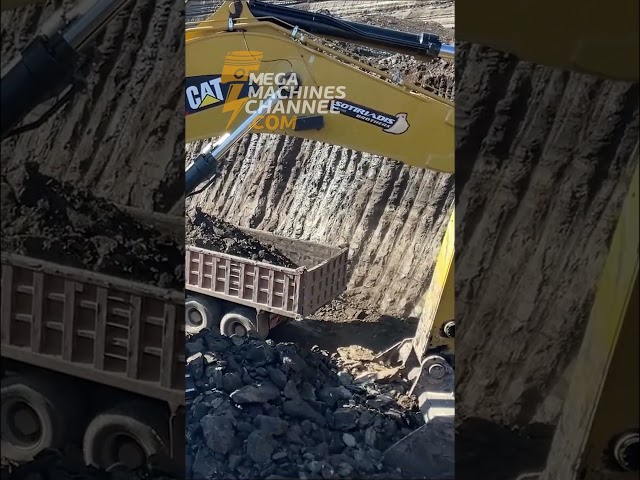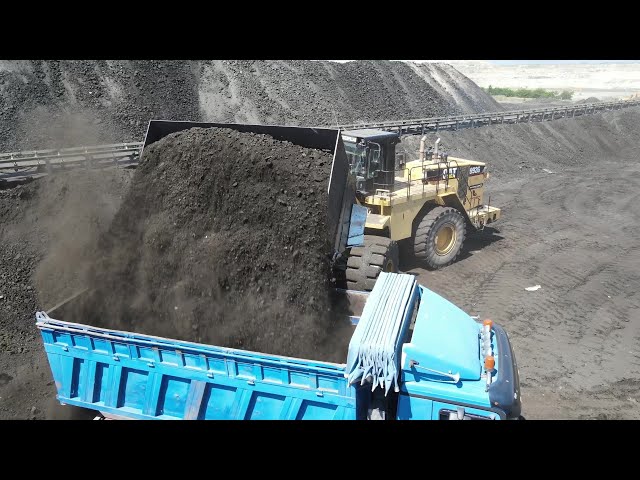In a pioneering move, a Japanese railway company is set to revolutionize its railway maintenance system by deploying advanced humanoid robots. This innovative approach, drawing from Japan’s technological prowess, aims to enhance efficiency and safety in railway operations, reports IFLScience.
Introduction of Mecha-Style Robots
Starting this month, the company will utilize giant Mecha-style robots to perform various maintenance tasks on its railway infrastructure. These tasks include painting overhead support structures and removing tree branches that obstruct the tracks. The robots are designed to handle complex and physically demanding jobs, providing a significant boost to the maintenance operations.
Capabilities of the Robots
The humanoid robots are equipped with versatile arms capable of lifting objects weighing up to 40 kilograms and reaching heights of up to 12 meters. These arms can be fitted with a variety of tools to perform numerous specialized tasks, ensuring the robots can handle a wide range of maintenance activities.
Human-Controlled Precision
Despite their advanced capabilities, these robots do not operate autonomously. Instead, they are meticulously controlled by human operators who manage the robots’ movements from an accompanying truck. Using a joystick and VR glasses connected to a camera on the robot’s head, the operators can execute precise tasks with high accuracy. This combination of human oversight and robotic strength ensures that the maintenance tasks are carried out safely and effectively.
Demonstration of Technology
A video showcasing the technology in action is available for viewing. In one segment, the robot is seen skillfully handling a circular saw to trim tall trees, demonstrating its precision and versatility. The developers of this technology assert that their creation represents a safe and reliable solution for railway maintenance.
Collaborative Development
The introduction of these robots is the result of a collaborative effort between JR West, a prominent Japanese railway company, robotics company Jinki Ittai, and technology company Nippon Signal. This partnership aims to improve employee safety and reduce the risk of workplace accidents, addressing one of the critical concerns in the industry.
Addressing Labor Shortages
A significant driver behind this technological innovation is Japan’s labor shortage. The country has one of the oldest populations in the world, with approximately 29 percent of its citizens aged 65 and older. This demographic challenge poses considerable strains on the workforce, necessitating innovative solutions to maintain economic stability and operational efficiency.
By integrating advanced humanoid robots into its maintenance operations, the Japanese railway company is not only enhancing its infrastructure management but also setting a precedent for other industries facing similar challenges. This move highlights Japan’s commitment to leveraging technology to solve complex problems and improve overall productivity and safety in the workplace.








